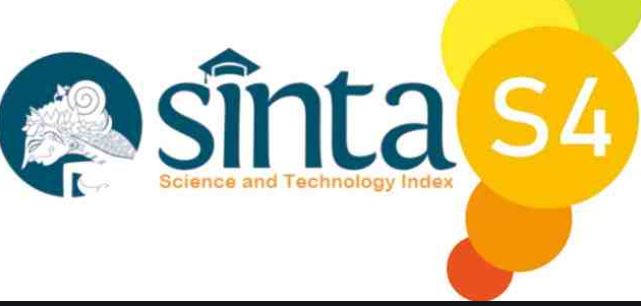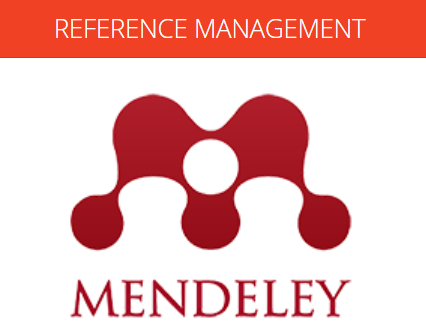Publication Ethics
PUBLICATION ETHICS
The publication of peer-reviewed articles in the INOVASI - Jurnal Diklat Keagamaan is an important building block in the development of a coherent and respected knowledge network. This is a direct reflection of the quality of the work of the authors and the institutions that support it. Peer-reviewed articles support and embody the scientific method. Therefore, it is important to agree on standards of ethical behavior expected of all parties involved in publishing actions: authors, journal editors, peer reviewers, publishers, and the public.
Surabaya Education and Religious Center as the publisher of INOVASI - Jurnal Diklat Keagamaan takes guardianship duties over all stages of publishing seriously and we acknowledge ethical and other responsibilities. We are committed to ensuring that advertising, reprint, or other commercial revenue does not impact or influence editorial decisions.
Editor's Job
- Publication Decision. The editor of the INOVASI - Jurnal Diklat Keagamaan is responsible for deciding which articles to submit to the journal should be published. The validation of the work in question and its importance to researchers and readers should always drive such decisions. Editors may be guided by the policies of the journal's editorial board and limited by the legal requirements that will apply regarding defamation, copyright infringement, and plagiarism. The editor may confer with other editors or reviewers in making this decision.
- Fair Play. Editors at all times evaluate manuscripts for their intellectual content regardless of the authors' race, gender, sexual orientation, religious beliefs, ethnic origin, nationality, or political philosophy.
- Confidentiality. Editors and editorial staff may not disclose any information about a submitted manuscript to anyone other than authors, reviewers, potential reviewers, other editorial advisors and appropriate publishers.
- Disclosure and Conflict of Interest. Unpublished material disclosed in the submitted manuscript may not be used in the editor's own research without the written consent of the author.
Reviewer's Duty
- Contribution to Editorial Decisions. Peer reviews assist editors in making editorial decisions and through editorial communication with authors can also assist authors in improving papers.
- Speed. Selected reviewers who feel ineligible to review research reported in a manuscript or know that an immediate review is not possible should notify the editor and withdraw from the review process.
- Confidentiality. Any manuscripts received for review must be treated as confidential documents. They may not be shown or discussed with others except as permitted by the editor.
- Standard of Objectivity. Reviews must be conducted objectively. The author's personal criticism is inappropriate. Referees must express their views clearly with supporting arguments.
- Source recognition. The reviewer must identify relevant published works that have not been cited by the author. Each previously reported statement of observation, derivation, or argument must be accompanied by a relevant quote. Reviewers should also call the editor's attention for any similarities or overlaps between the manuscript under consideration and other published papers that they are personally aware of.
- Disclosure and Conflict of Interest. Privileged information or ideas obtained through peer review must be kept confidential and not used for personal gain. Reviewers should not consider manuscripts in which they have a conflict of interest that results from competitive, collaborative, or other relationships or connections with any of the authors, companies, or institutions the paper is associated with.
Author's Duty
- Reporting standards. The author of the original research report must present an accurate report of the work performed as well as an objective discussion of its significance. The underlying data must be presented accurately in a journal. A paper should contain sufficient detail and references to allow others to copy the work. Statements that are deceptive or intentionally inaccurate are unethical and unacceptable behavior.
- Originality and Plagiarism. Authors must ensure that they have written completely original work, and if the author has used someone else's work and / or words then this is appropriately quoted or cited.
- Multiple, Redundant or Concurrent Publication. An author should generally not publish manuscripts describing substantially the same research in more than one journal or major publication. Submitting the same manuscript to more than one journal at the same time is unethical and unacceptable publishing behavior.
- Source recognition. Proper recognition of the work of others must always be given. Authors should cite publications that were influential in determining the nature of the work being reported.
- Paper authorship. Writing should be limited to those who have made a significant contribution to the conception, design, implementation or interpretation of the reported study. All those who have made significant contributions must be listed as co-authors. If there are other people who have participated in certain substantive aspects of the research project, they must be recognized or registered as contributors. Related authors should ensure that all appropriate co-authors and no inappropriate co-authors are included on the paper and that all co-authors have viewed and approved the final version of the paper and have agreed to submit it for publication.
- Disclosure and Conflict of Interest. All authors must disclose in their text any financial or other substantive conflict of interest that could be interpreted to affect the results or interpretation of their text. All sources of financial support for the project must be disclosed.
- Fundamental errors in published works. When an author finds significant errors or inaccuracies in his published work, it is the author's obligation to immediately notify the journal editor or publisher and work closely with the editor to revoke or correct the paper.
- Hazards and Human or Animal Subjects. Authors must clearly identify in the text if the work involves chemicals, procedures or equipment that have unusual hazards inherent in their use.






